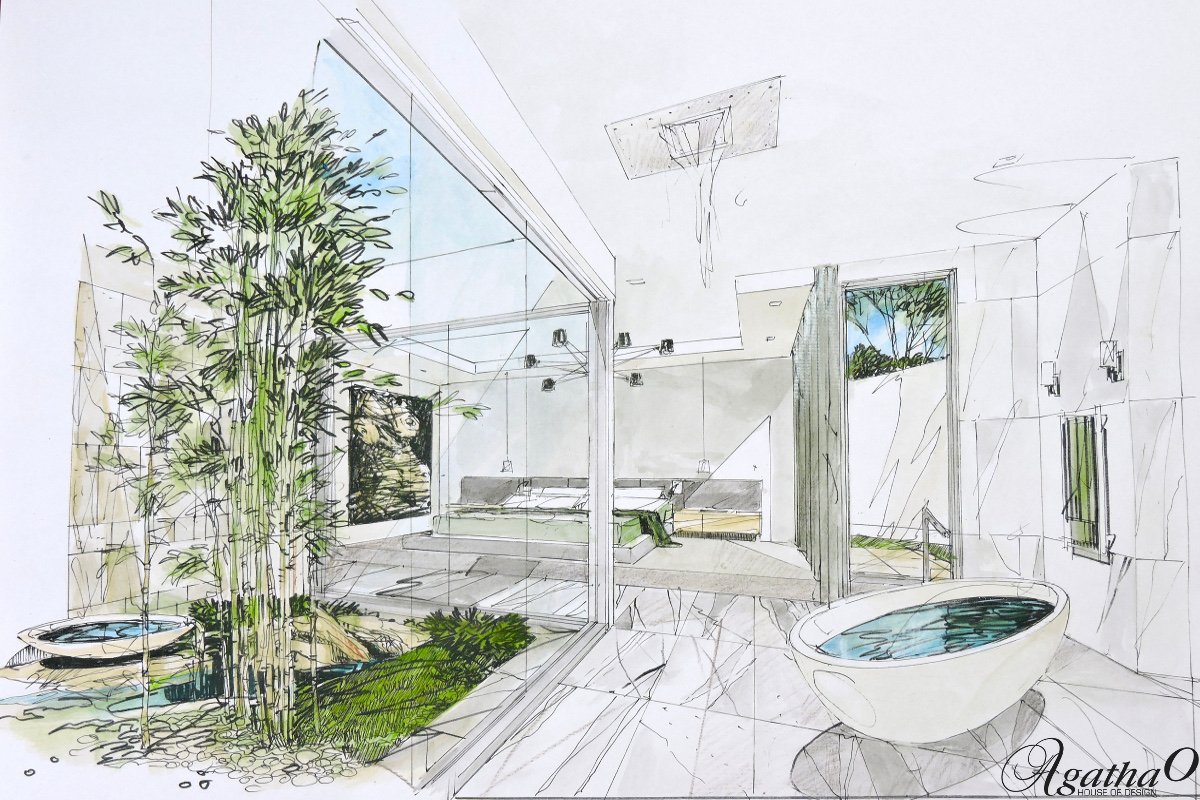
WALKING THE WALK connection between home values and walkability
 Walkable cities and neighbourhoods improve people’s health, support greater property values, and improve economic growth, recent data shows.
Walkable cities and neighbourhoods improve people’s health, support greater property values, and improve economic growth, recent data shows.
Walk Score data is used by analysts and researchers in the fields of real estate, urban planning, government, public health, and finance.
According to the company Walk Score, which analyses cities for walkability, the average resident of a walkable neighbourhood weighs six to 10 pounds less than someone who lives in a sprawling neighbourhood. Walking also offers benefits against diabetes, cancer, arthritis, high blood pressure, and heart disease.
By definition, a walkable city or neighbourhood is one where most daily functions take place within a quarter-mile of a person’s home. According to Walk Score’s web site, “For each address, Walk Score analyses hundreds of walking routes to nearby amenities. Points are awarded based on the distance to amenities in each category. Amenities within a 5 minute walk are given maximum points.” Each neighbourhood and city is then given a “Walk Score” of 0–100.
A Walk Score of 0–49 translates into few destinations within comfortable walking range. Between 50–69 it’s moderately walkable, but a car or public transportation is still needed at times. A score above 70 indicates that it’s possible to get by without a car, and a score of 90 and higher is called a “Walker’s Paradise.”
2014 Rankings:
- Sydney: 63
- Newcastle: 49
- Wollongong: 48
- Melbourne: 57
- Brisbane: 51
- Gold Coast: 48
- Central Coast: 41
- Perth: 50
- Canberra: 40
- Adelaide: 54
Adelaide suburbs and South Australia
- Glenelg: 55
- Victor Harbor – Goolwa: 47
- Mount Barker: 40
- Gawler: 36
- Mawson Lakes: 52
- West Lakes: 54
- Port Lincoln: 35
- Mount Gambier: 44
Higher walkability also appears to lead to higher home values. According to Christopher Leinberger of The Center for Real Estate and Urban Analysis at The George Washington University, a study in the Washington, D.C. metropolitan area indicates “per-square-foot values in walkable places are 71% higher than the average of all other places. By itself, Walk Score is found to explain 67% of the increase in economic performance of walkable areas.”
A 2009 report by Joe Cortright for CEOs for Cities also links higher walkability with higher home values.
“One point increase in Walk Score was associated with between a $700 and $3,000 increase in home values,” the report states.
In the commercial real estate market, Leinberger’s research in the Washington, D.C. metropolitan area found average office rents of $37 per square foot in walkable areas, compared to $21 per square foot in “drivable sub-urban areas.”
Another study, Walk this Way: The Economic Promise of Walkable Places in Metropolitan Washington, D.C. by Leinberger and Mariela Alfonzo, states that each jump in walkability score “adds $9 per square foot to annual office rents, $7 per square foot to retail rents, more than $300 per month to apartment rents and nearly $82 per square foot to home values.”
Further, default probability decreases with higher Walk Scores in high income areas according to report by Stephanie Y. Rauterkus, Grant I. Thrall, and Eric Hangen.
Some researchers forecast growing demand for walkable places. Myers and Gearin (2001) point to a desire for walkable communities, especially among older consumers. They predict that as older consumers grow as a proportion of the total population, demand for walkability will grow as well.
Developers should be willing to develop more walkable properties as long as any additional cost for more walkable locations and related development expenses do not exhaust the walkability premium.
Homes in walkable neighbourhoods continue to be a good investment, and are one of the simplest and most effective solutions to fight climate change, improve our health, and strengthen our communities,” said Walk Score founder Mike Mathieu.
Now, planning, zoning and development decisions have to catch up to consumers.
 AgathaO House of Design, a boutique interior design studio and online designer product gallery based in Adelaide, South Australia. our portfolio spans wide-ranging residential and commercial projects—from hair salons, boats and building developments, through to large-scale projects, such as cosmetic surgeries, restaurants, wineries, hotels, apartment blocks, display villages and community subdivisions, nationally and internationally.
AgathaO House of Design, a boutique interior design studio and online designer product gallery based in Adelaide, South Australia. our portfolio spans wide-ranging residential and commercial projects—from hair salons, boats and building developments, through to large-scale projects, such as cosmetic surgeries, restaurants, wineries, hotels, apartment blocks, display villages and community subdivisions, nationally and internationally.The niche area of our business is the ability to forecast and strategise past, current and future design market trends for commercial markets. At House of Design, we understand that design is much more than a creative pursuit; it is about realising the full potential of people, performance, place and commerce. That is why we are dedicated to providing not only interior design services, but also strategic and innovative solutions that achieve business outcomes. The success of any project is founded on our ability to clearly understand our clients’ businesses, their market audience and future market trends, to exploit opportunities while reducing risk.
We invite you to browse our portfolio, consider our expertise and contact us to discuss your specific design project requirements.

Contributor
AGATHA OZHYLOVSKI
Agatha Ozhylovski is the creative director behind AgathaO House of Design. Agatha infuses art, music, and fashion every step of the way. She believes in a Vogue way of living, working and playing; where design is defined by people, lifestyle and culture.




